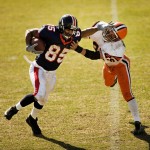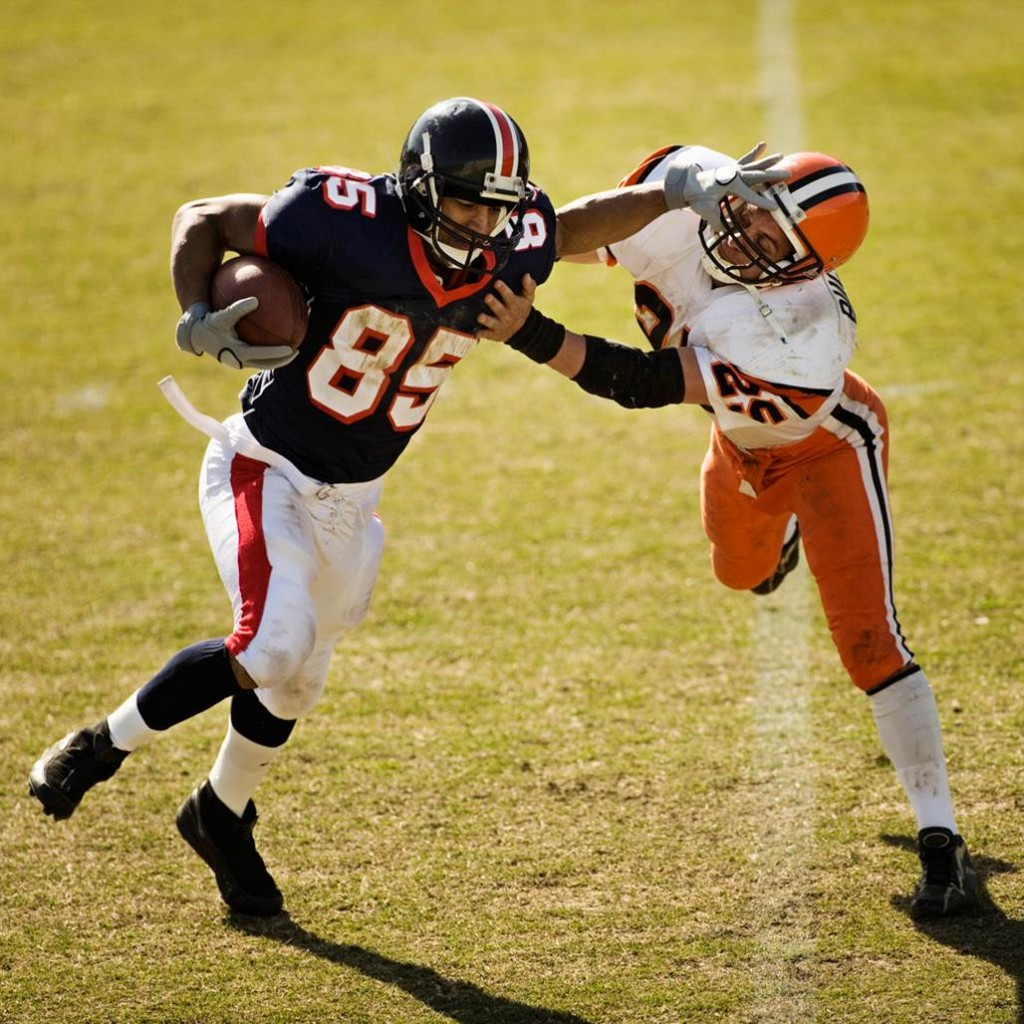 Recently, US Super Bowl Champion Ray Rice of the Baltimore Ravens, was caught on tape dragging his unconscious fiancé (now wife) by her hair. Despite the uproar and outrage about the clear physical abuse that took place, Rice received a paltry two-game suspension from the National (American) Football League. The Rice revelation comes on the heels of the University of California Santa Barbara shooting and the Hobby Lobby Supreme Court debacle. All of these incidents suggest that it’s ok to hit women, kill women, and revoke the rights of women. As a former athlete, son, brother, and father of boys, I can’t help but wonder, what role does American sports culture play in producing misogynistic young men and in perpetrating rape culture?
Recently, US Super Bowl Champion Ray Rice of the Baltimore Ravens, was caught on tape dragging his unconscious fiancé (now wife) by her hair. Despite the uproar and outrage about the clear physical abuse that took place, Rice received a paltry two-game suspension from the National (American) Football League. The Rice revelation comes on the heels of the University of California Santa Barbara shooting and the Hobby Lobby Supreme Court debacle. All of these incidents suggest that it’s ok to hit women, kill women, and revoke the rights of women. As a former athlete, son, brother, and father of boys, I can’t help but wonder, what role does American sports culture play in producing misogynistic young men and in perpetrating rape culture?
Let’s start by considering college sports. The National Collegiate Athletic Association (NCAA) has been widely criticized in recent months for its treatment of college athletes. Some students are trying to unionize and raise awareness about the lack of support – financial and otherwise–of college athletes. I wonder, is the burden of athletic responsibilities putting these already stressed out young men at greater risk for risky behavior including violence against women? If these young men did not have to worry about food and health care, might they be less inclined to resort to alcohol and drugs – both major causes of violence against women? Is the NCAA systematically perpetuating rape culture by creating unsupportive environments for male athletes?
Now let’s consider high school sports. Often times, parents and educators see sports as a way to keep young people engaged, busy, and off the streets. But we forget how pop culture depicts high school athletes and the social burden that is placed on these young men. How many television shows require the star high school athlete to be a womanizer? How many glorify the hazing that often happens at this age? As early as 15 years old, young men that play sports are receiving mass media messages of misogyny.
Let’s consider younger boys – middle school aged athletes. My friend Paula is a Middle School principal. I recently asked her if the relationships between boys and girls have changed since we were 12 years old. Paula laughed nervously. She pointed to social media and how younger and younger kids are being exposed to the hyper sexualized selfie culture and how it’s creating a new “expectation” of “machismo.” “So much is about the physical,” Paula said. “Boys and girls are seeking attention – girls by showing their bodies and boys by exerting power, taking advantage.” Athletes are at a special disadvantage according to Paula. As part of the “in crowd,” young football and basketball stars are pressured into acting out these social norms.
Are the adults in the lives of these young athletes to be implicated? What are we doing as coaches, teachers, and parents to endorse these misogynistic messages? Are we actively educating our boys to think critically about the way athletes are portrayed in the media? Are we providing our boys with enough support so that they don’t resort to social pressures to find approval? It is time for some deep analysis of American sports culture, what sports means to us, and what it’s doing to our boys and men.
 About the Author: Ibrahim Abdul-Matin is a former college football player. He is an author, commentator, environmental policy consultant, husband and father of two small boys, as well as a speaker for Melbee Global. You can learn more about him here.
About the Author: Ibrahim Abdul-Matin is a former college football player. He is an author, commentator, environmental policy consultant, husband and father of two small boys, as well as a speaker for Melbee Global. You can learn more about him here.

